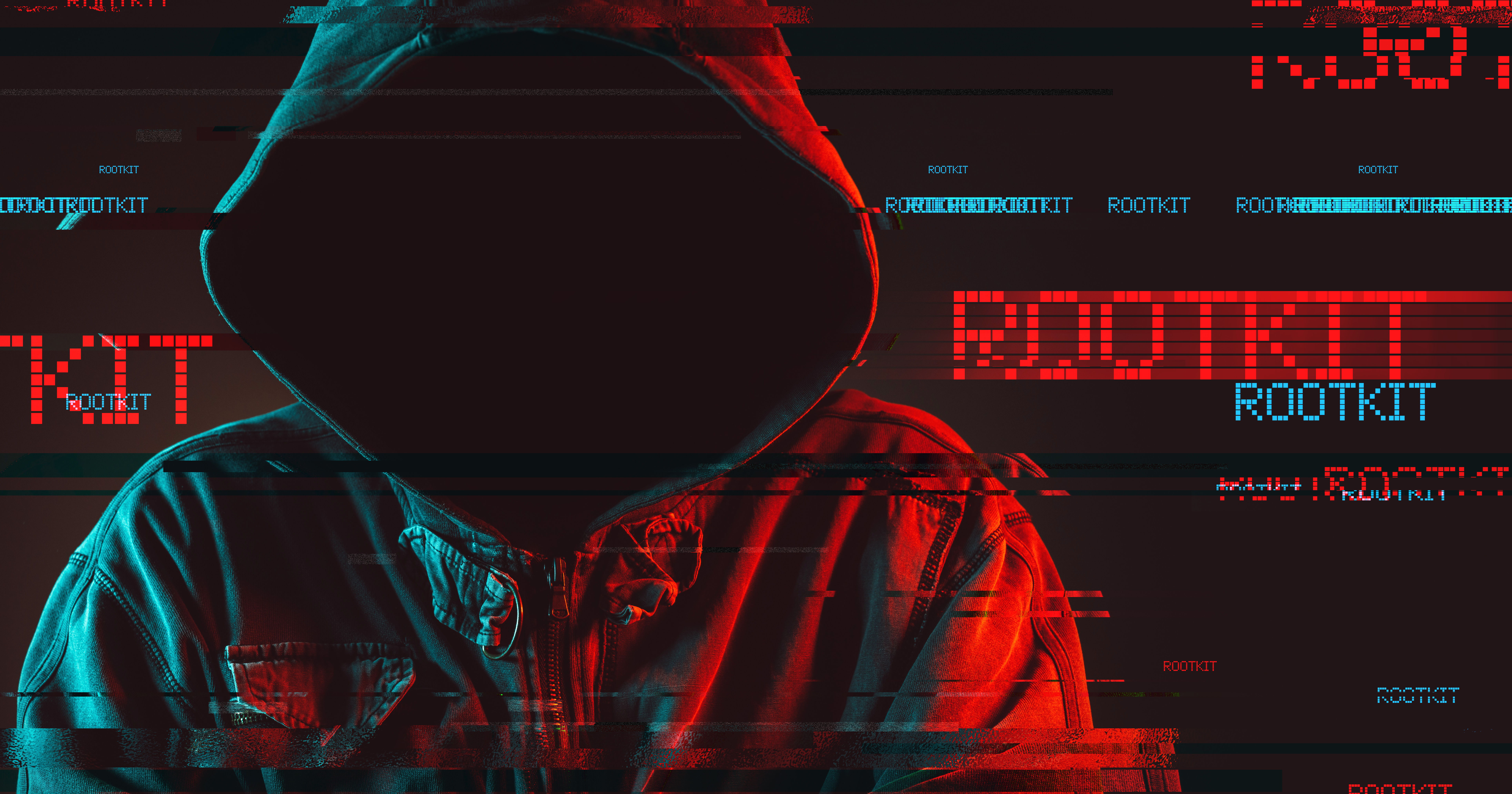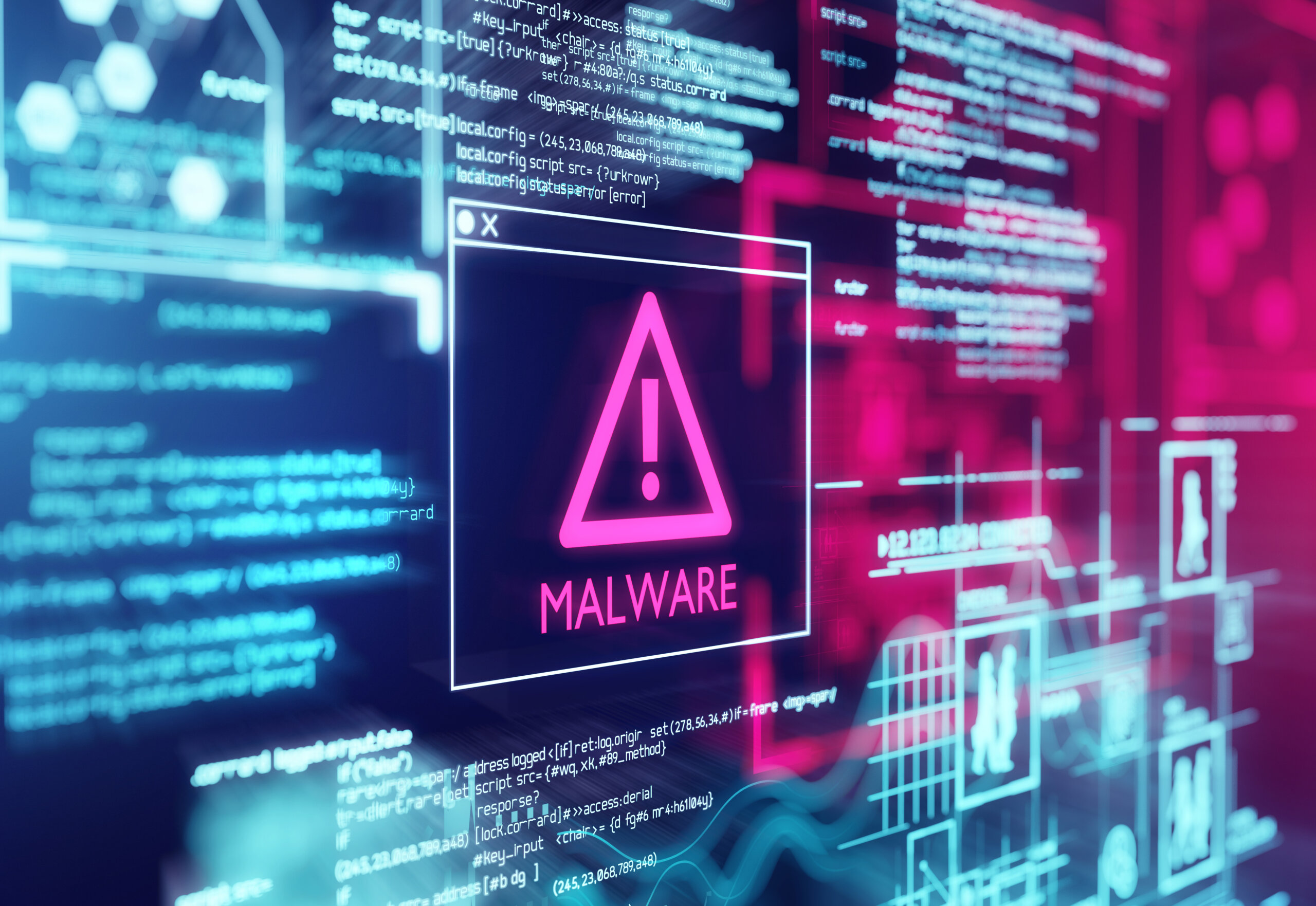What are Rootkits?
Introduction:
Rootkits are covert computer programs designed to provide unrestricted access to a computer without being detected. The term “Rootkit” is the combination of the words “root” and “kit.” Originally, rootkits were the tools that granted administrators access to a computer system or network. “Root” is the term used to refer to the superuser or administrator who, by default, has access to all files and commands in a Unix/Linux system. “Kit” refers to the superuser’s software access to all files and commands. Rootkits initially targeted Linux systems and are associated with malware – such as trojans, worms, and viruses – that hide their existence and actions from users and other system processes.
A rootkit is a component of multipurpose malware that may be able to carry out several functions. These functions include granting attackers remote access to compromised hosts, intercepting network traffic, snooping on users, capturing keystrokes, stealing authentication information, mining cryptocurrency, and assisting in DDoS attacks. A rootkit aims to mask this illegitimate activity on the compromised computer.
How does Rootkit Work?
A rootkit is exceptionally capable of hiding malicious code with a legitimate program. As a result, installing a rootkit allows remote administrators to access the internal functions of your operating system. Since rootkits cannot spread by themselves, they must use covert methods to infect computers. When users install rootkit installer programs on their systems, they hide until hackers activate them. Rootkits contain malicious software, including banking credential stealers, password thieves, keyloggers, antivirus disablers, and bots for denial-of-service attacks. Generally, rootkits are installed in the same way as malicious software through phishing emails, malicious executable files, crafted malicious PDF files, Microsoft Word documents, connecting to compromise shared drives or downloading software infected with a rootkit from risky websites. However, rootkits focus on exploiting registry and other root directories and hiding in the system root directory.
Examples of Rootkits
Let us examine a few notable rootkit models from previous years, some made by well-known programmers while large companies crafted the others:
- 1990: Historically, the rootkit was developed by Lane Davis and Steve Dake at Sun Microsystems for SunOS and UNIX.
- 1999: According to Greg Hoglund’s article, he recognized that he had created a Trojan called NTRootkit. It was the first rootkit developed for Windows.
- 2003: An infection and hostile rootkit enumeration prompted a race between HackerDefender and Rootkit Revealer after the disclosure of HackerDefender. Early trojans altered or enhanced the OS on a very low level of functionality.
- 2004: In an attack known as the Greet Watergate, a rootkit is used to tap the phones of nearly 100 Vodafone Greek employees, including the phone of the country’s Prime Minister.
- 2005: Sony BMG has generated a great deal of fury after distributing CDs with rootkits embedded in them – without seeking customers’ consent.
- 2008: TDL-4, also known as TDL-1, is a rootkit responsible for filling the Alureon trojan, which was used to create and support botnets.
- 2009: Machiavelli was a rootkit that targeted and attacked Mac OS X (often called Mac OS X). This study revealed the vulnerability of MacBooks to rootkits and malware.
- 2010: Apparently, Israel and the United States developed the Stuxnet worm, the first known rootkit for industrial control systems. This was a rootkit designed to hide inside Iran’s nuclear program. However, neither nation asserted any responsibility for the assault.
- 2018: LoJax is the first rootkit to be able to compromise a PC’s UEFI, the firmware that controls the motherboard. The rootkit can therefore be reinstalled after the operating system has been reinstalled.
- 2019: Rootkit Scranos was used in the latest rootkit assault, intended to take secret keys and installation details recently put away in the gadget’s program. This malware turns gadgets into click farms to produce video income and YouTube endorsements.
Types of Rootkits
There is a wide range of rootkits, depending on where they attack and how deeply they embed themselves in the PC. In particular, they are divided into the following classes:
- Application Rootkits: Applications rootkits replace ordinary files on your computer with rootkit records and may change the execution of a normal application. Frequently, these rootkits attack Microsoft Office, Paint, or Notepad. These applications can enable hackers to access the system. This rootkit is difficult to detect since it would, in any case, usually work. Since they work at the application level, they can be detected by antivirus software and identification programs.
- Bootloader Rootkits: In bootloader rootkits, the code for initiating the boot process or loading an operating system or application is loaded simultaneously as the operating system boot code and thus targets the Master Boot Record (MBR) or the Volume Boot Record (VBR). Bootloader rootkits attach themselves to these types of records, making it difficult for a rootkit remover or antivirus to detect them.
- Client-Mode Rootkits: Attacks on the operating system’s organization access and top privileges enable rootkits to conceal themselves. Malware may also be concealed with rootkits. Rootkits are designed to boot alongside your PC’s operating system; restarting won’t eliminate them. A malware scanner or removal application can detect client mode rootkits as the identification code runs at a deeper level in bit mode.
- Firmware Rootkits: In a firmware rootkit, the malicious software is stored on the boot-related software of particular hardware components. Their persistence through reinstallation of the operating system makes them especially stealthy.
- Kernel-Mode Rootkits: A kernel-mode rootkit is a sophisticated piece of malware that can modify or add code to the operating system. Kernel rootkits can be complicated to create, and if they’re buggy, they can heavily impact the target computer. An antivirus solution will detect a breadcrumb trail left by a buggy kernel rootkit.
- Virtualized Rootkits: Virtualized rootkits, on the other hand, boot up before the operating system, as opposed to kernel-mode rootkits, which boot up simultaneously as the targeted system. Virtualized rootkits can take hold deep within the computer and are extremely difficult – or even impossible – to remove.
Symptoms of Rootkits
The following are some of the symptoms of a rootkit attack:
- Antimalware stops running: An antimalware application that simply stops functioning indicates an active rootkit infection.
- Windows settings change by themselves: A rootkit infection may cause Windows settings to change without any user action.
- Causes a malware infection: The rootkit can install malicious software containing trojans, worms, ransomware, spyware, adware, and other destructive programs that compromise the performance of devices and systems.
- Performance issues: The presence of a rootkit may also be indicated by unusually slow performance or high CPU usage.
- Computer lockups: Computers fail to respond to input from the mouse or keyboard when users cannot access their computers.
- Removes files: Rootkits gain access to a system and network and can be installed through a backdoor into a system, network, or device. Rootkits can run programs that steal or delete data from an operating system.
- Intercepts personal information: A type of rootkit known as a payload rootkit uses keyloggers to record a user’s keystrokes. When users open spam emails, these rootkits install themselves. The rootkit steals personal information in both cases, including credit card numbers and online banking details.
How to Detect Rootkits?
Cyber security threats and ransomware attacks are increasing at a tremendous pace. It is extremely difficult for cyber security analysts and incident responders to investigate and detect cyber security threats using conventional tools and techniques. NetSecurity’s ThreatResponder, with its diverse capabilities, can help your team detect the most advanced cyber threats, including APTs, zero-day attacks, rootkits, and ransomware attacks. It can also help automate incident response actions across millions of endpoints, making it easy, fast, and hassle-free.

Disclaimer
The page’s content shall be deemed proprietary and privileged information of NETSECURITY CORPORATION. It shall be noted that NETSECURITY CORPORATION copyrights the contents of this page. Any violation/misuse/unauthorized use of this content “as is” or “modified” shall be considered illegal and subjected to articles and provisions that have been stipulated in the General Data Protection Regulation (GDPR) and Personal Data Protection Law (PDPL).










